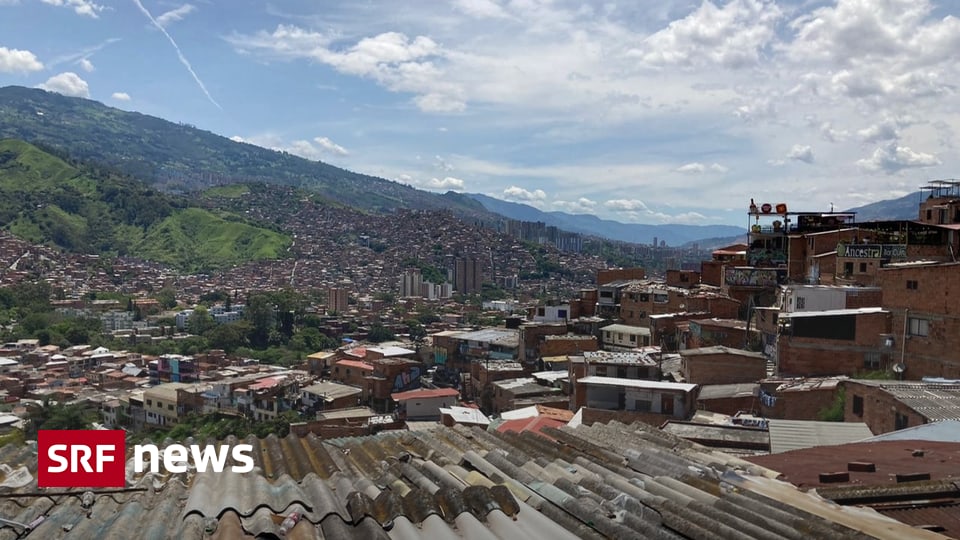
Medellin, Colombia’s second-largest city, has undergone a surprising metamorphosis: the city was once the powerhouse of infamous drug lord Pablo Escobar. Today Medellin is a popular tourist destination. But now there are increasing reports of tourists dying.
A break-dancing troupe shows what they can do: young men and women spin around the dance floor and bend as if they’re made of rubber – the tourists are ecstatic. We are in “Comuna 13”. The former problem area has long been a popular tourist destination. On the walls of the house: colorful graffiti. Afro-Colombian influence is felt everywhere.
27-year-old Sebastián Soler grew up in “Comuna 13”. He guides tourists from all over the world through his residence. “We’re here in one of the most dangerous neighborhoods of the 1980s. At that time, Medellin was firmly in the hands of Pablo Escobar – the infamous Colombian narco-lord. Medellin has one of the highest homicide rates in the world — and Comuna 13 was close to Escobar’s. But it’s been more than 30 years since Escobar’s death, and ‘Comuna 13’ is now one of Medellin’s most visited districts. Here’s innovation, here’s graffiti art. I am proud of the development of my district and my city.
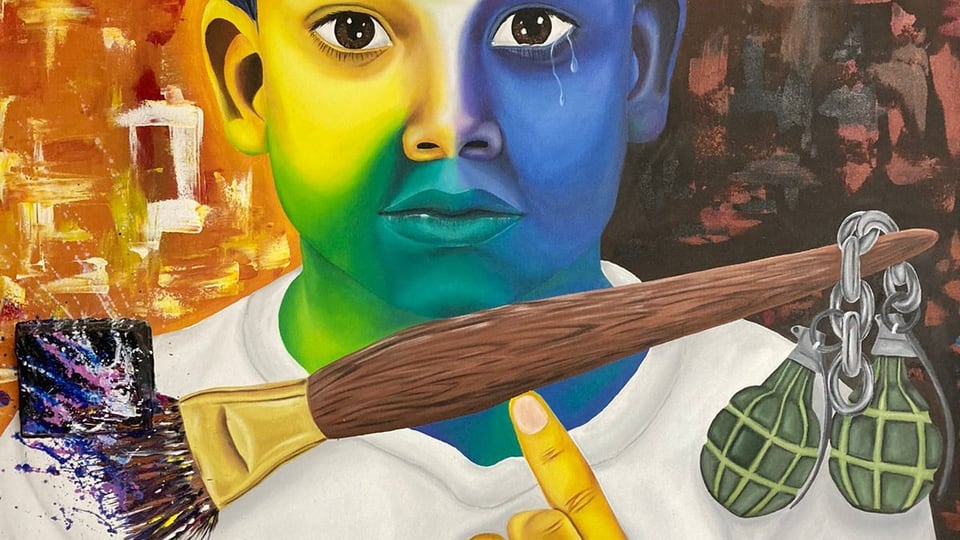
Purana:
Graffiti artists campaign for peace
A boy balances a paintbrush: the colorful paint on the left weighs more than the hand grenades and tears of the past.
Teresa Delgado / SRF
A dark past
In the early 2000s, “Comuna 13” was still the scene of wild shootouts: supporters of Colombia’s largest guerrilla force, armed FARC rebels, took over Medellin’s drug trade after the death of Pablo Escobar. In 2002, then-President Álvaro Uribe decided to clean up and launched the “Comuna 13” attack with helicopters and armored vehicles during the so-called “Operation Orion”.
At that time, street executions took place in the poor district. Officially, 16 deaths have been confirmed, including four army personnel. Other sources report that more than 200 people were injured and about 70 are missing.
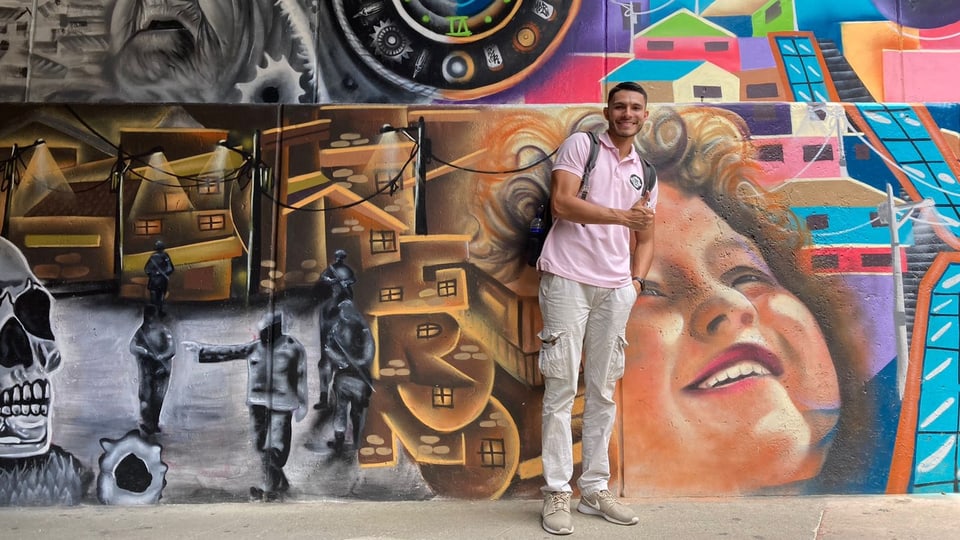
Purana:
From a dark past to a colorful present
Sebastián Soler stands in front of graffiti showing the changes in “Comuna 13”. The 27-year-old shows tourists from all over the world through his residence.
Teresa Delgado / SRF
Medellin has now become a popular tourist destination, especially since the government’s peace deal with the FARC in 2016. “Medellin is more than Pablo Escobar. Medellin is more than just a drug city full of contract killers. We have this dark past, but there are other things here.
Tourism with a dark side
Mainly Americans, Latinos and Europeans are attracted to Medellin today – because of the pleasant climate and Colombian women. “Unfortunately, tourism has a dark side. Prostitution is allowed here, and many people come here for that. Or for medicine. I know people who come here for that reason, but we have a lot more to offer,” says Sebastian. In certain neighborhoods, underage women also stand on roadsides in the evenings. .Sexual exploitation of children is not normal.
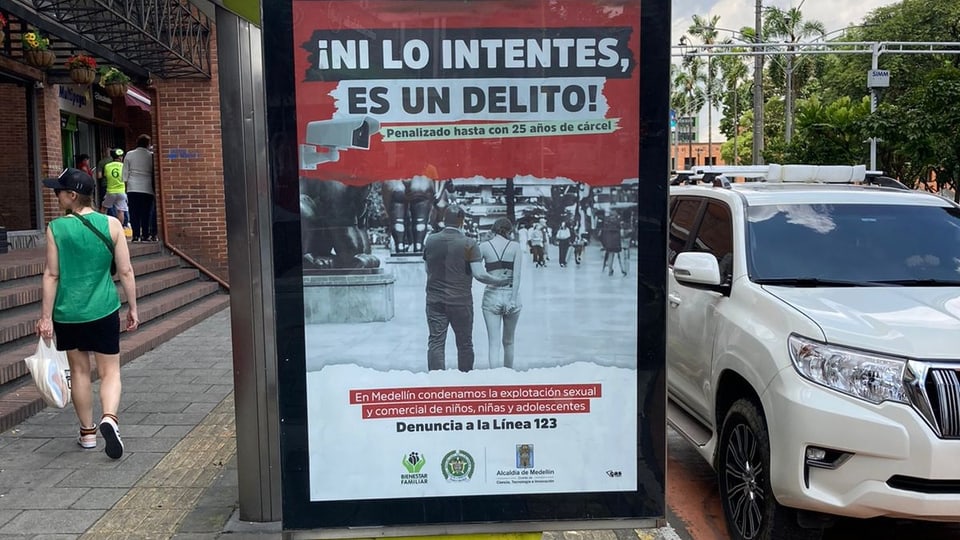
Purana:
The Mayor launched the awareness campaign
“Don’t try! Sexual abuse of children and minors is punishable by up to 25 years in prison,” reads a poster in Medellin. The city’s government wants to fight sexual exploitation.
Teresa Delgado / SRF
Dating apps like Tinder are popular with tourists, but not without risk: Foreigners in Medellin are repeatedly assaulted or killed — by Colombian women who give men a knockout drip. A group of affected people on Facebook already has 5,000 members. This year alone, 38 tourists died in Medellin: mostly Americans, but also Canadians, Germans and a Swiss national. A 67-year-old man reportedly fell from a balcony.
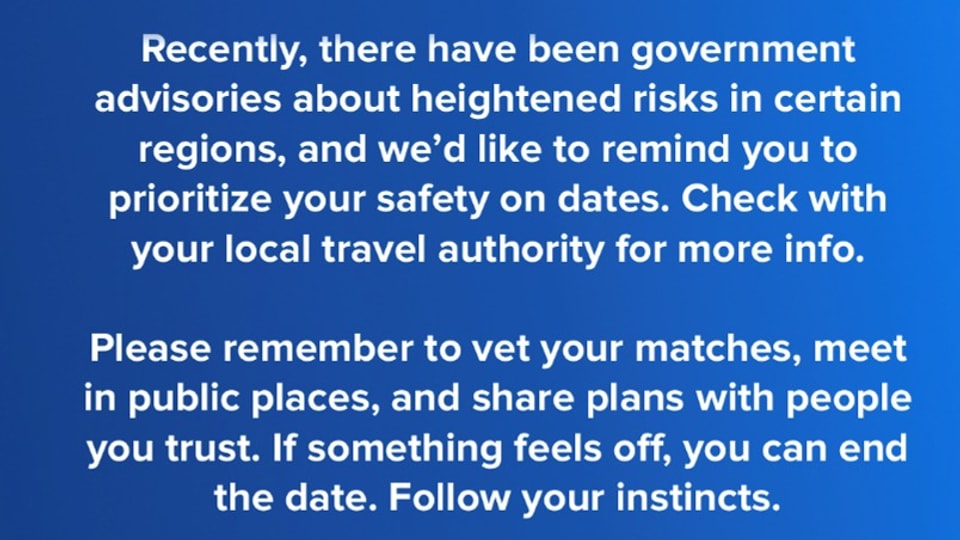
Purana:
Tinder Safety Warnings
Anyone using the Tinder dating app in Medellin is cautioned to only meet dates in public for their own safety.
zVg Tinder
Tinder has now responded, the US-based site said when asked: “We send a message on Tinder in advance to users visiting Colombia. In that, we ask users to prioritize their own safety — for example, only meeting their dates in public.”
The mayor wants to make Medellin safer and warns tourists
But the dead tourists threaten Medellin’s image as a safe travel destination. Mayor Federico Gutiérrez sees the problem primarily of tourists, who said on the sidelines of a press conference: “A good tourist who comes here with his family to enjoy our city – the food, the culture, will have no problem. But we will not tolerate those who endanger our children and women. We fight against exploitation.
We want our people to live here safely. If it’s safe, tourists will be safe too.
The mayor wants to host an international summit to fight cross-border human trafficking.
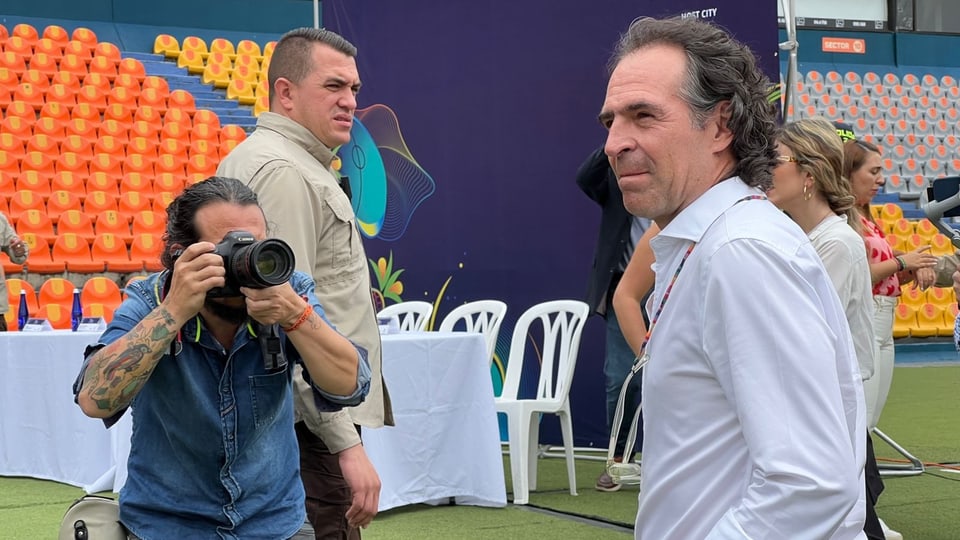
Purana:
“Anyone who goes to Medellin must obey the laws”
Mayor Federico Gutiérrez (right) wants to make his city safe again. He sees the problem primarily with tourists.
Nicole Riss
“We want our people to live safely here. If it’s safe, so will the tourists,” says Gutierrez. In Medellin, he is launching an awareness campaign with posters in Spanish and English. Travelers who find themselves in emergency situations in Colombia can call the US emergency number 911 for help in English.
According to the mayor, the best tip is to be more polite: “If you have a good night – legally – without taking risks you don’t need to, you won’t have any problems in Medellin.”
Although the dangers are less visible today than in the 80s, Medellin, a former narco stronghold, still has a dark side.

“Wannabe pop culture fanatic. Zombie advocate. Entrepreneur. Internet evangelist. Alcohol fanatic. Typical travel buff.”

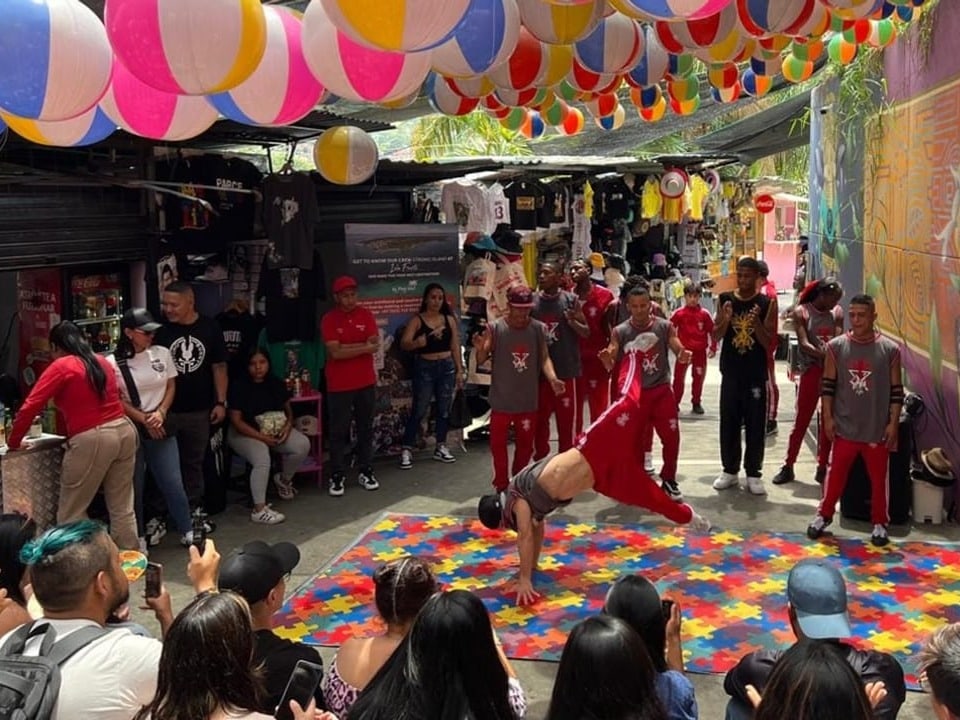
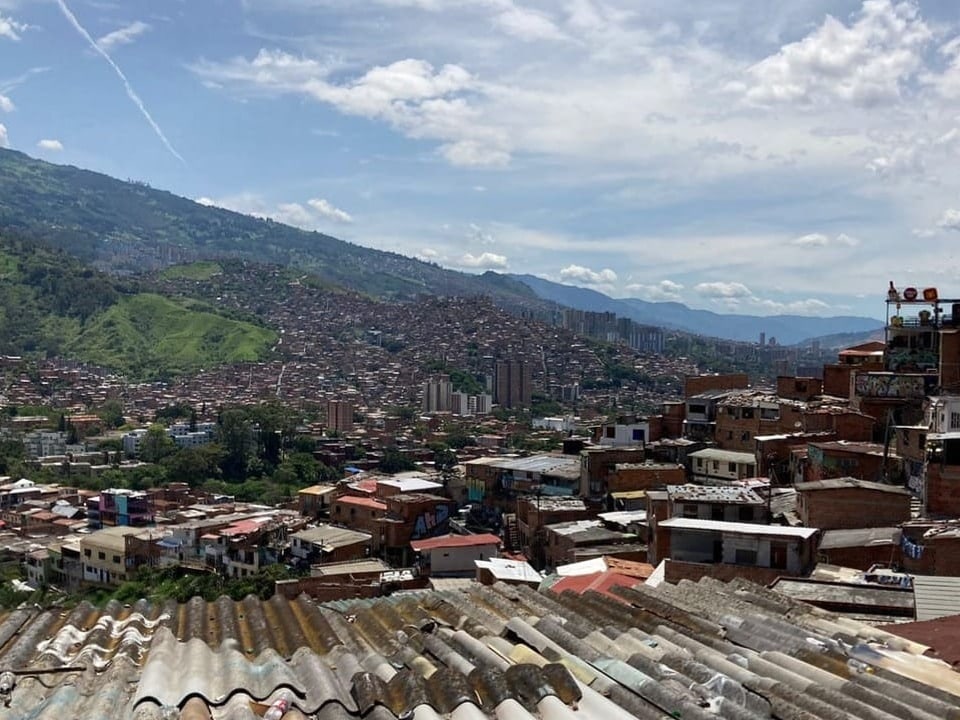
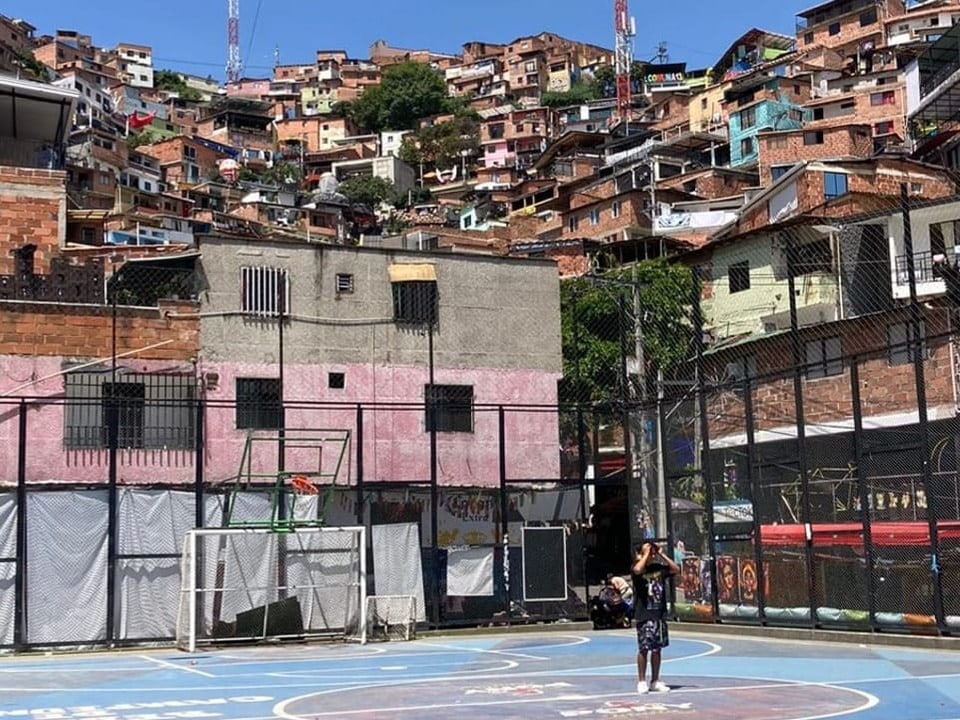
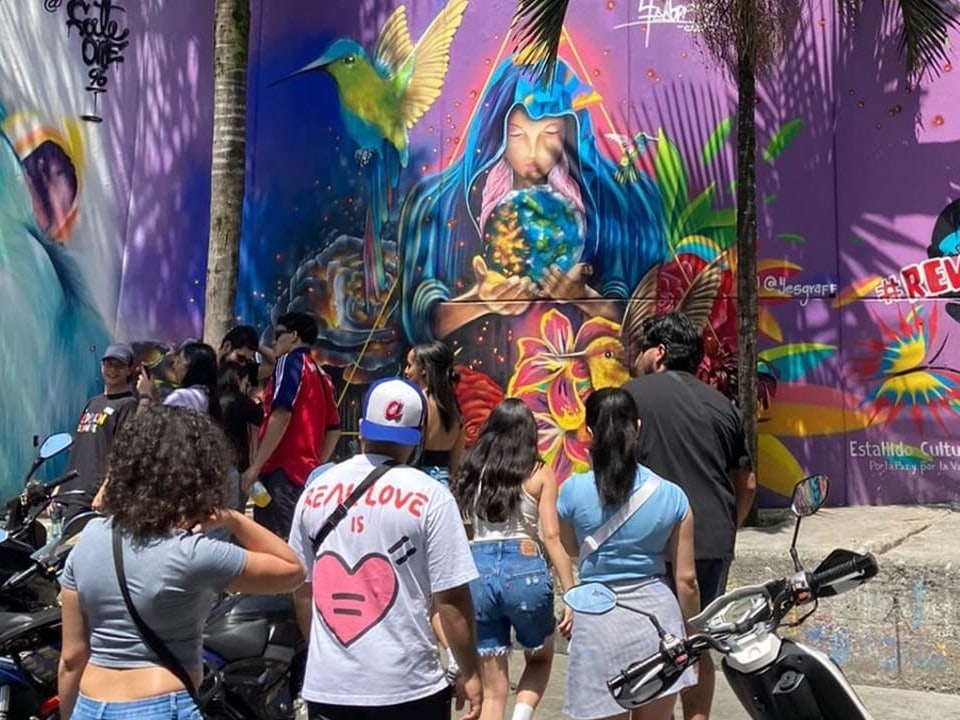
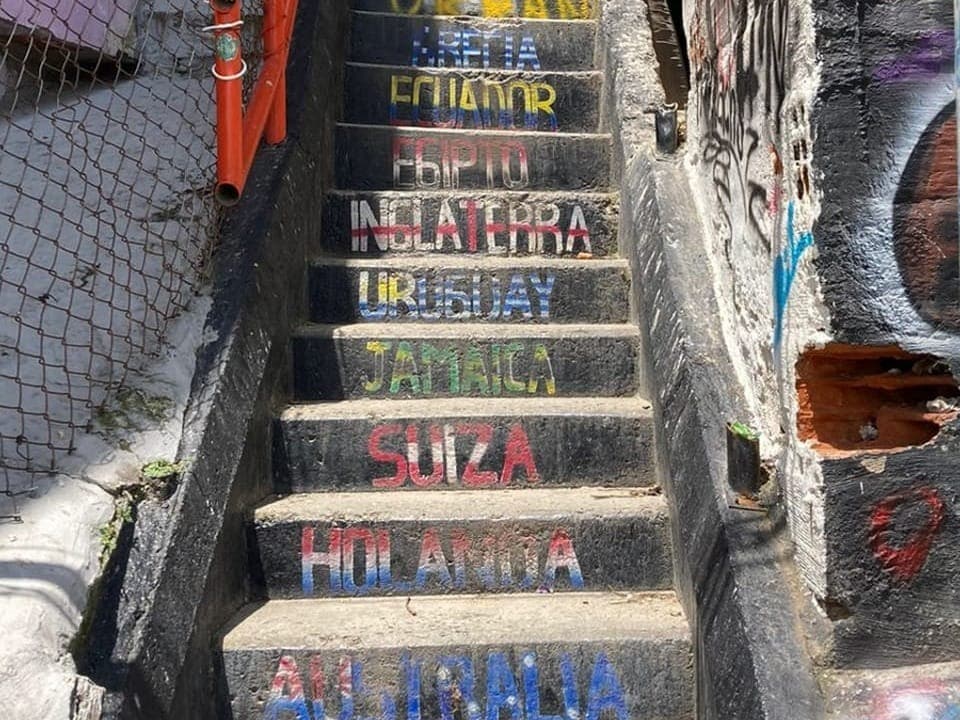
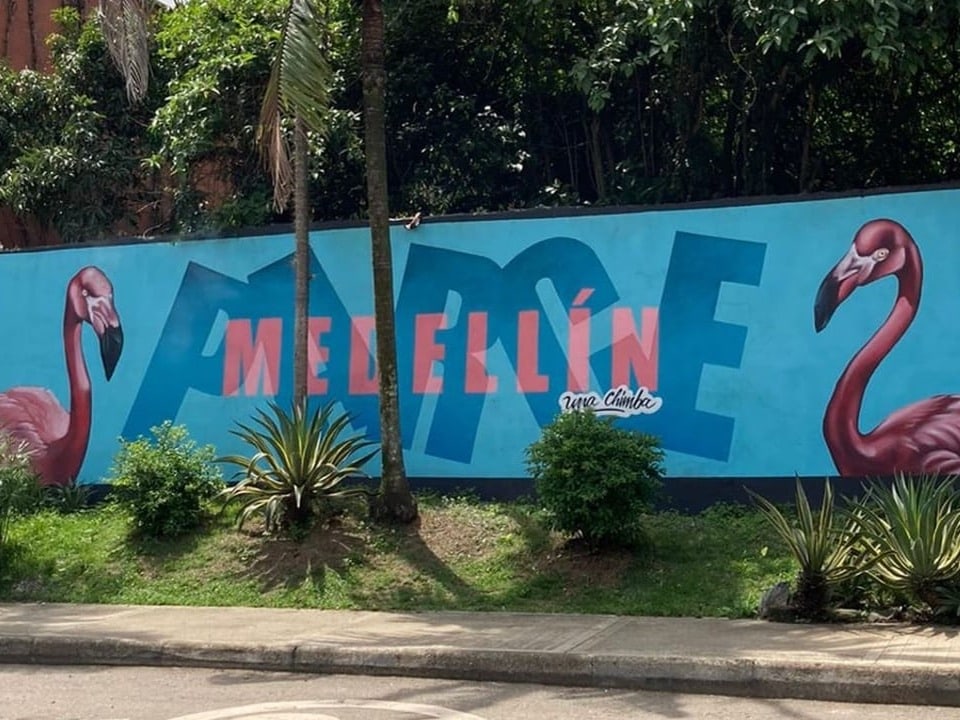
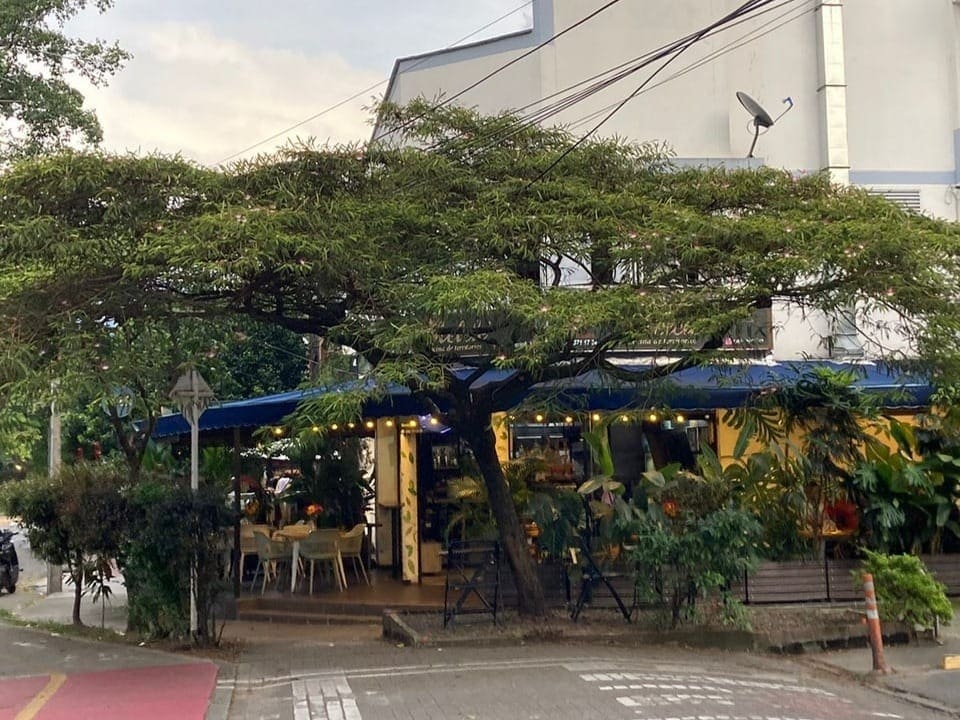


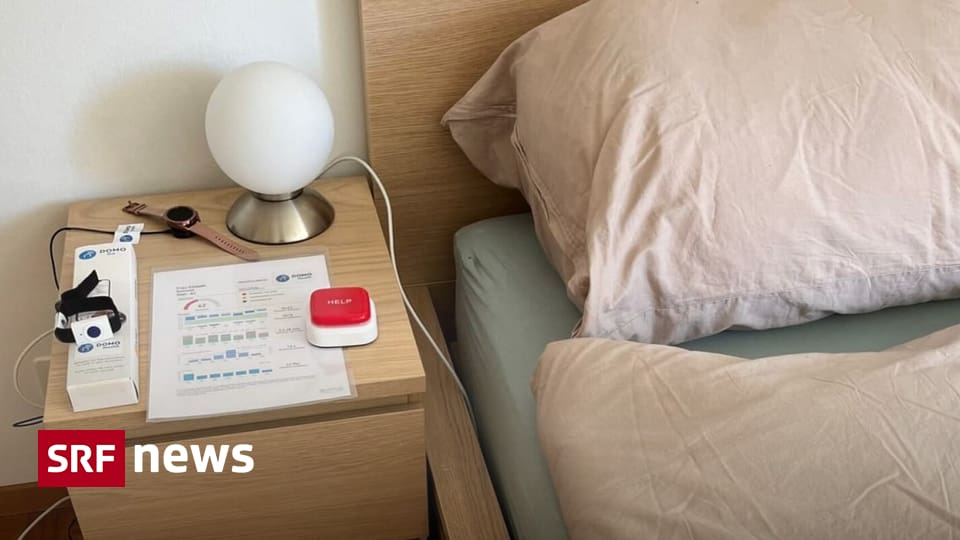

More Stories
Choosing the Right Quality Management Software for Your Industry
If guests bring items: Can shower gel be packed from the hotel?
Digital Technologies for the Elderly: Increasing Aging at Home – News